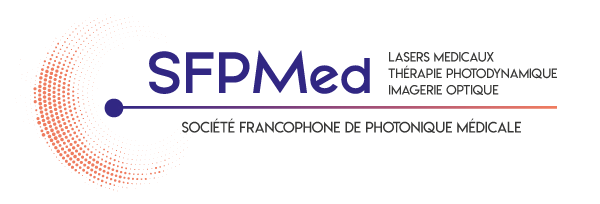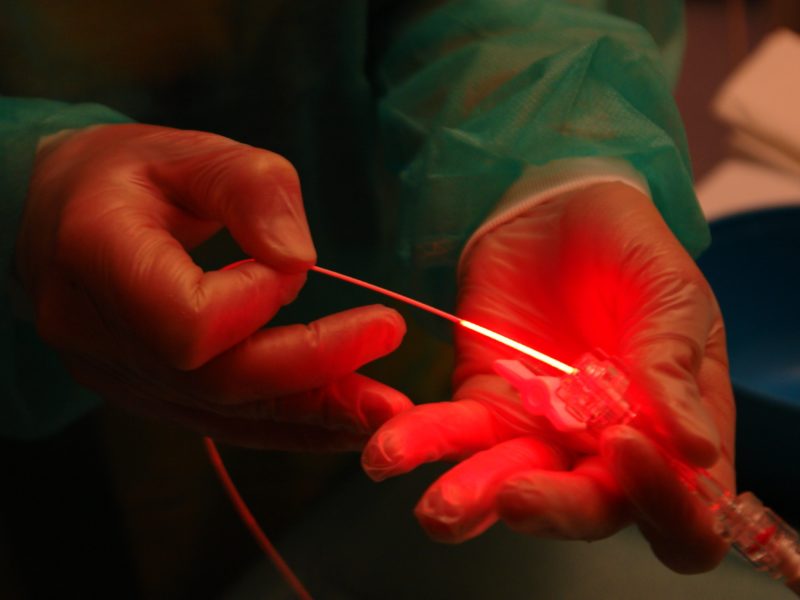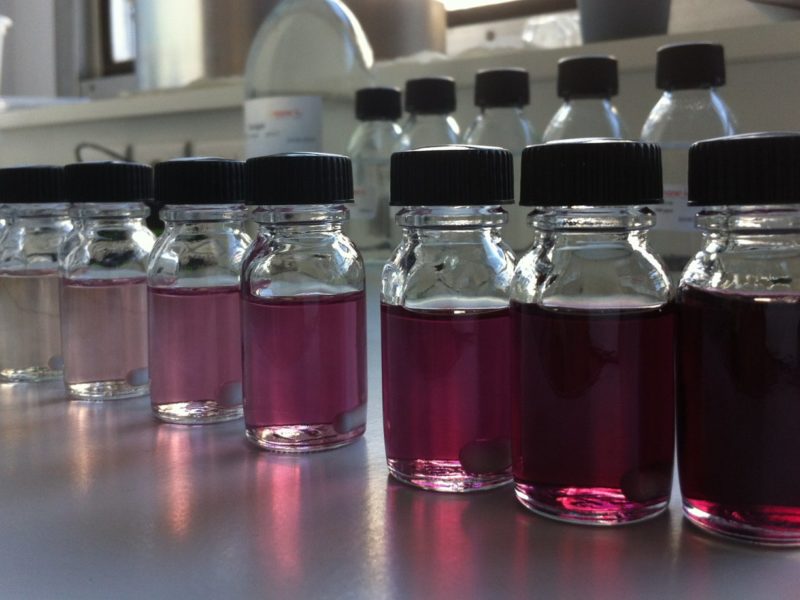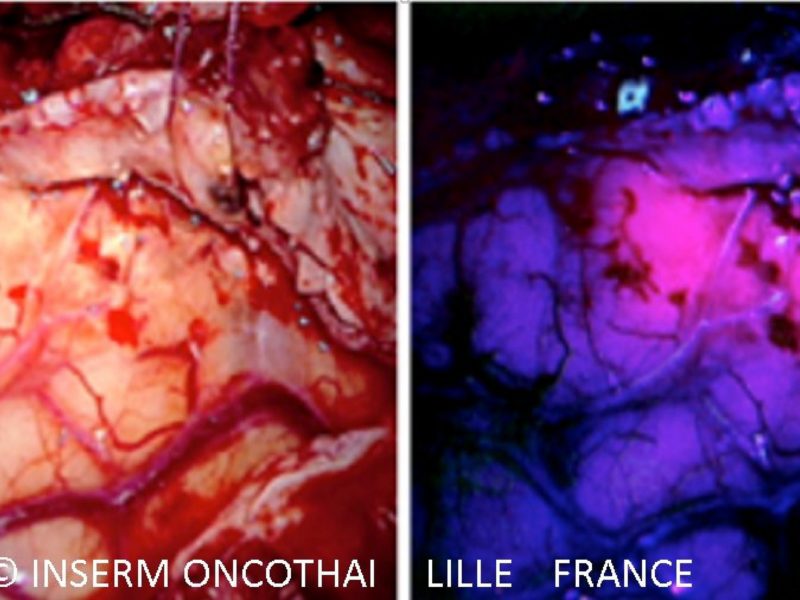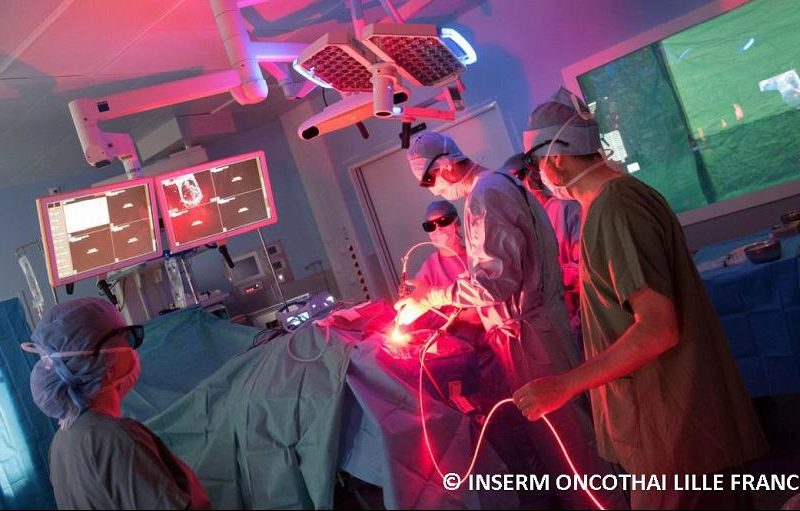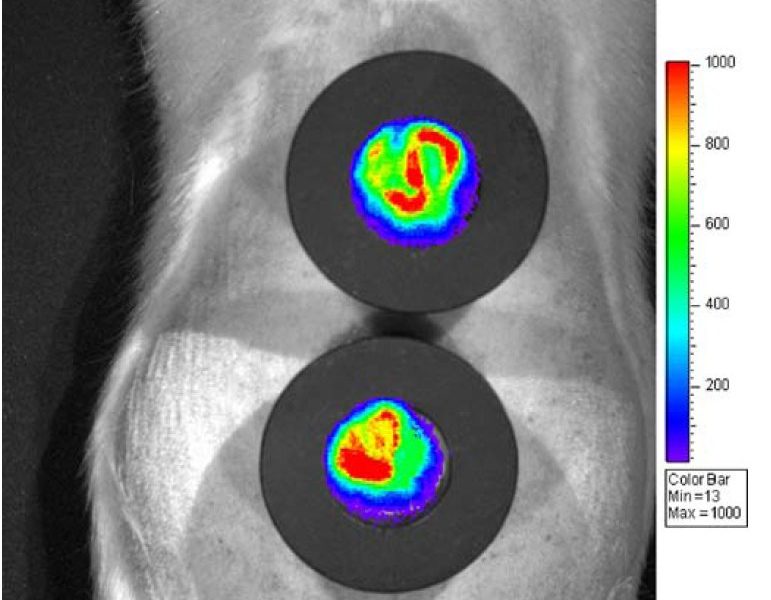PHOTODYNAMIC THERAPY
The principle of dynamic photodynamic therapy is to illuminate a photoactivatable molecule (also called photosensitizer) with visible or near infrared light, which will activate the oxygen around it to produce reactive oxygen toxic species. These reactive oxygen species will destroy the tumor cells. This is a technique that is part of the therapeutic arsenal. The main advantage is that the photochemical action is highly targeted because reactive oxygen species are produced only where the light is applied. Light is not harmful, nor is the molecule photoactivable, the combination of the three elements(photosensitizer, oxygen and light) is necessary to induce photo-oxidation reactions.
The first clinical evaluation on humans took place in 1978 and the first photosensitizer was approved in 1993. Since then, many clinical trials have been conducted, including 76 in Europe. PDT is used daily by dermatologists especially to treat pre-cancerous lesions of the skin called actinic keratoses. Innovative irradiation systems based on light fibers are currently under development. Recent results show that 95% of the lesions are destroyed without any pain. It should be noted that enormous progress has been made in areas other than dermatology, particularly in France. In urology, Steba-biotech has developed a new photosensitizer, Padeliporfin, for the treatment of prostate cancer. The marketing authorization was granted in November 2017 in Europe. A clinical trial was set up in May 2017 in Lille for the treatment of a very aggressive cancer of the brain, glioblastoma with the precursor of Protoporphyrin IX. Another clinical trial concerning the treatment of malignant pleural mesothelioma (generally due to exposure to asbestos), is also performed in Lille.
From the basic research point of view, efforts are focused on developing more selective photoactivatable molecules targeting receptors over-expressed into tumors membranes and/or on neovessels, molecules exhibiting red shifted absorption for better penetration of light into the tissues, photobactericidal agents, theranostics, photodiagnosis, PDT-associated immunotherapy, new radiation systems such as X-rays, or new light devices allowing a better distribution of the light and / or dosimetry.
- See French version
- See French version
Upcoming content
Upcoming content
 English
English Français
Français
